An Immersion Into the Obscure Nature of Remote Delft Island in Sri Lanka
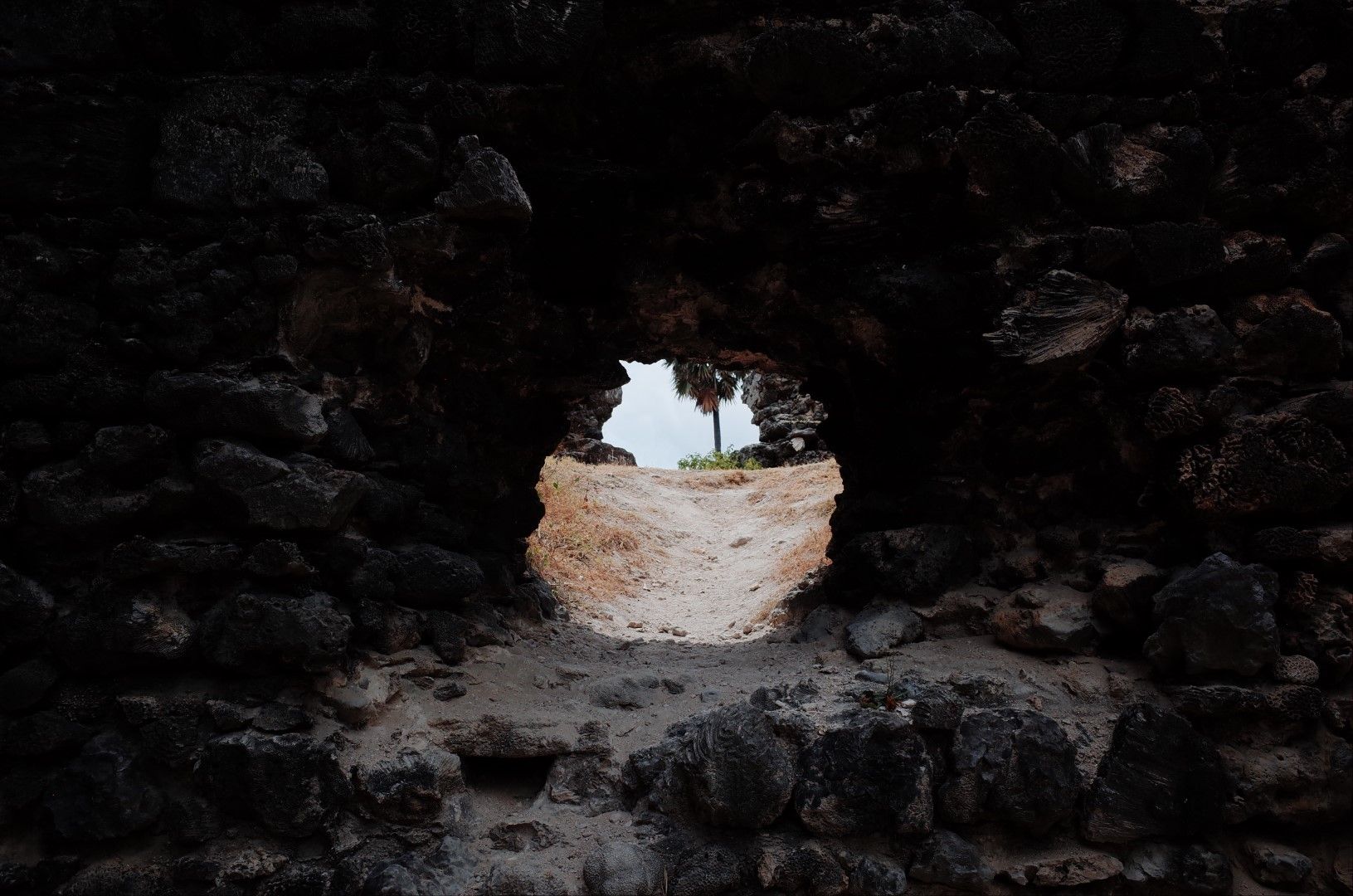
The locals call it 'Neduntivu', the Portuguese named it 'Ilha das Vacas' ('The Island of Cows'), and the Dutch christened it 'Delft'. This remote island in the Palk Strait between Sri Lanka and India, off the coast of Jaffna, is encircled by shallow waters, creating a unique and unaffected ecosystem. The island is known for the remnants of a Dutch coral stone fort and its population of wild ponies left on the island by the Portuguese long ago. But to us, the island is, above all, a manifestation of the force of nature. Within the island of Delft, you find rare beauties and creatures of nature. It is a place where life of the water and land come together. The remains of coral and aquatic plants roam the island, merging with the trees, bushes and cacti.
The barren landscape of Delft Island
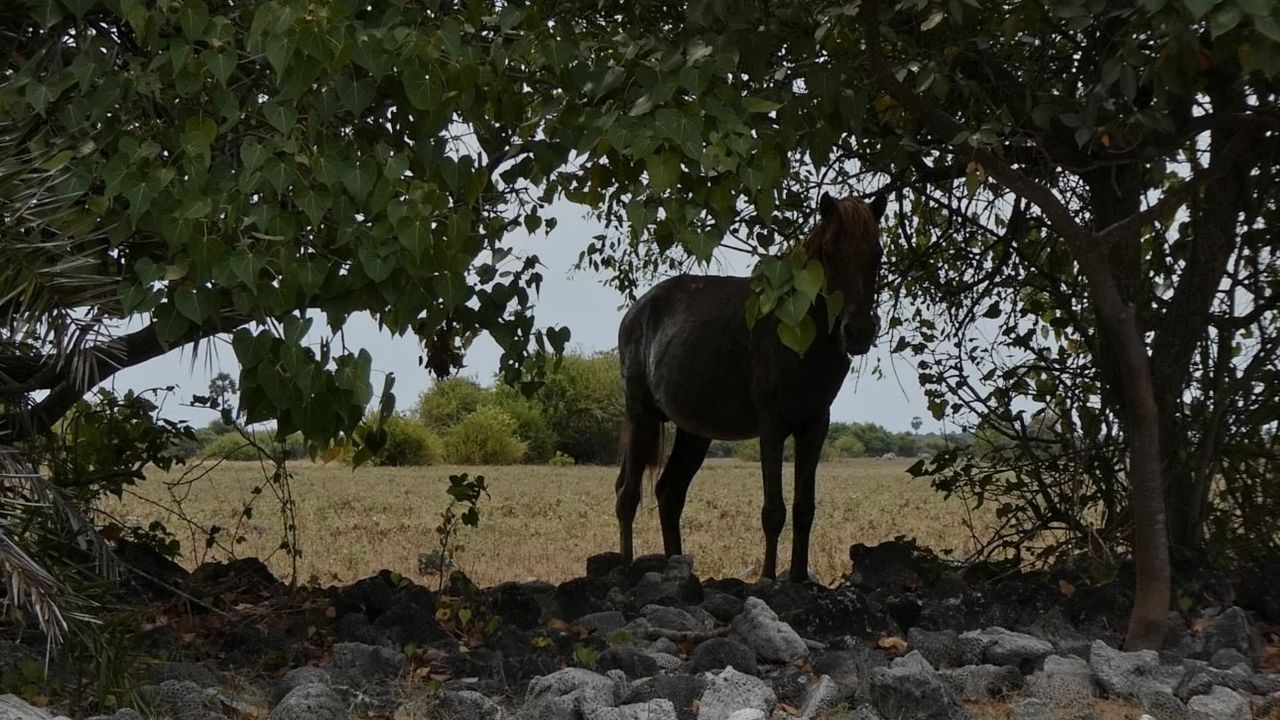
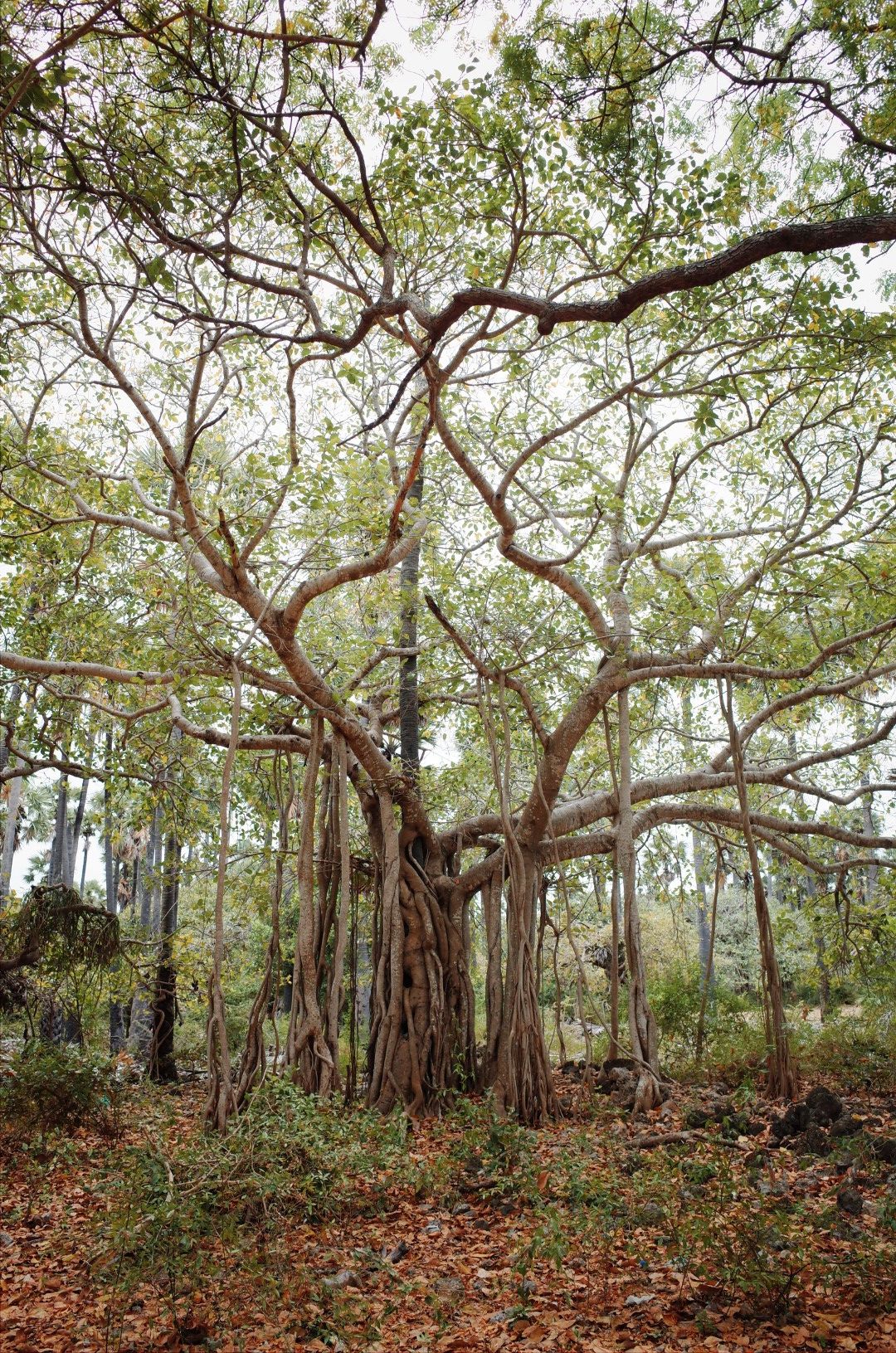


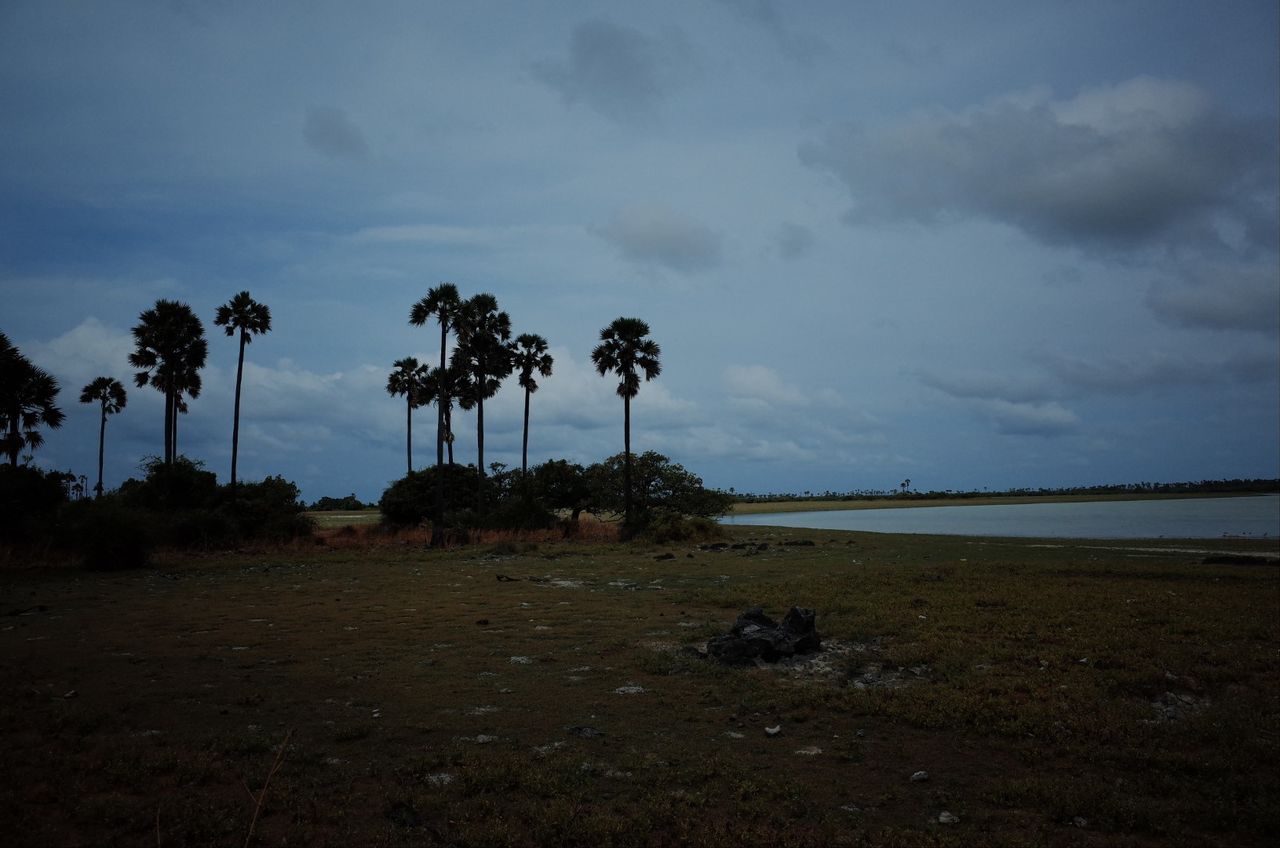

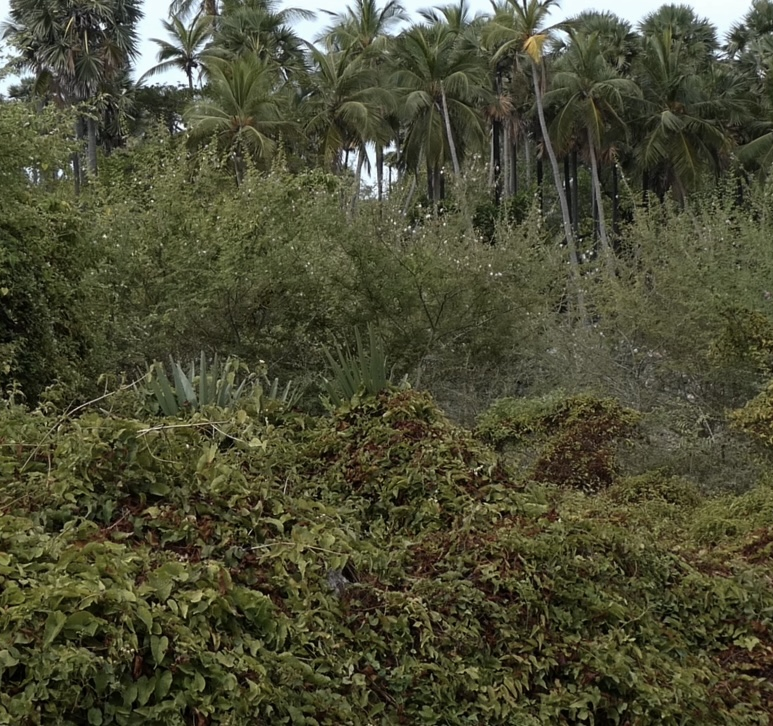
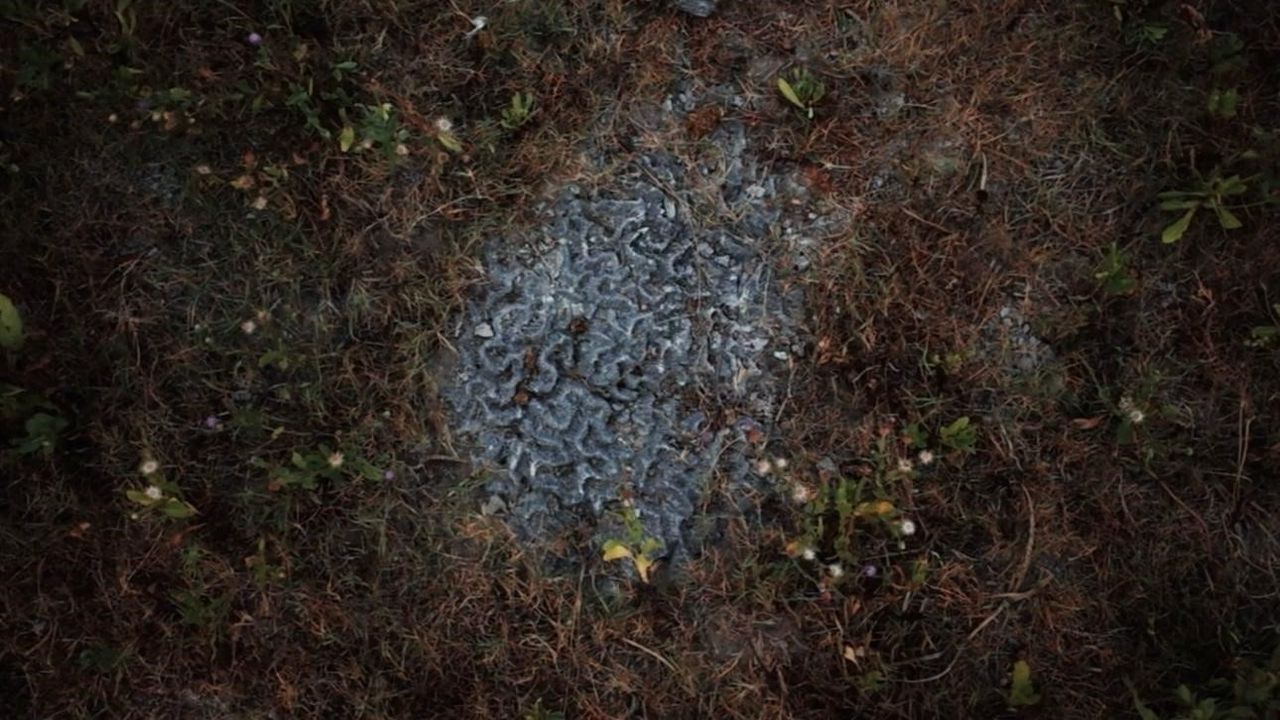
In its rugged embrace, where the air carries the weight of history's sorrow, one finds oneself contemplating: why does darkness persist beneath the unyielding gaze of the sun? Could it be the long-lost horses denying their foreign borders, as if they do not belong here, for only Delft has sheltered their wild colonial spirits in Sri Lanka? Or forgotten paths, looping aimlessly, lost to the whispers of time?
Amidst this hostile and barren landscape, the sound of leaves and branches, wind and crows are the sole performers in this profound silence. They roam the island looking for food, drink and shade to survive.
This video, captured in all its obscure beauty, becomes an intimate dialogue between the untamed nature of Delft and your soul. Each moment is an echo of the island's timeless struggle and resilience. The narrative delves deeper through close-ups, revealing the intricate details of nature's defiance and the scars of history etched upon the land.
An up up-close-and-personal experience of the untamed nature of Delft Island
How to get to Delft Island? Tips for travellers
Delft Island is 35 km west-southwest of Jaffna city. To visit the island, take the public bus from Jaffna to KKD. The buses are operated regularly, and the first bus leaves Jaffna's central bus stand at 6:40 am. From KKD Kurikkaduwan Jetty, there is a ferry service to Thalaimurai Jetty at the northeastern edge of Delft Island. Ferries usually depart at 9 am and 10 am. The boat service takes about one hour.
Beware! The last passenger ferry back to the port of Kurikkaduwan leaves at 2:30 pm. Day trippers have only three hours to stay on the island, but that's just enough time for the 30-km island tour. All ferry services can be cancelled in case of bad weather conditions and rough seas.
On the island, it is recommended to travel around by tuk-tuk or bus. Remember to bring enough water, snacks, sunscreen, and a hat.
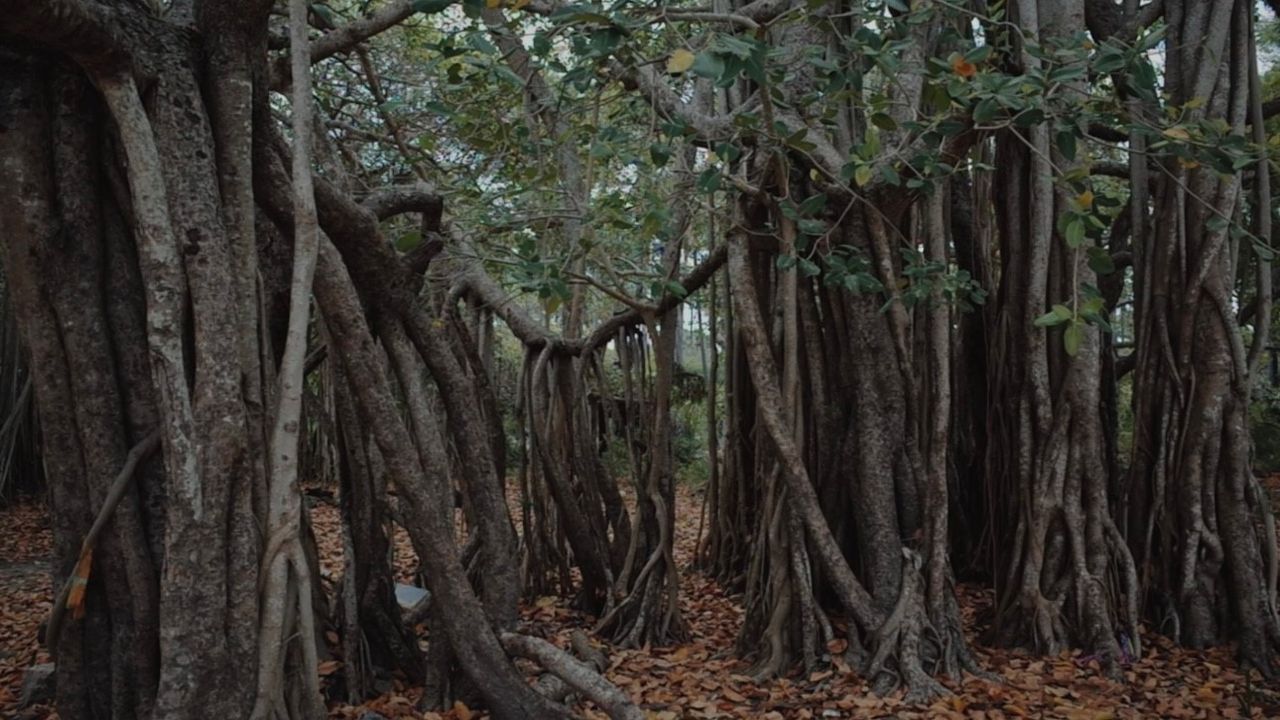
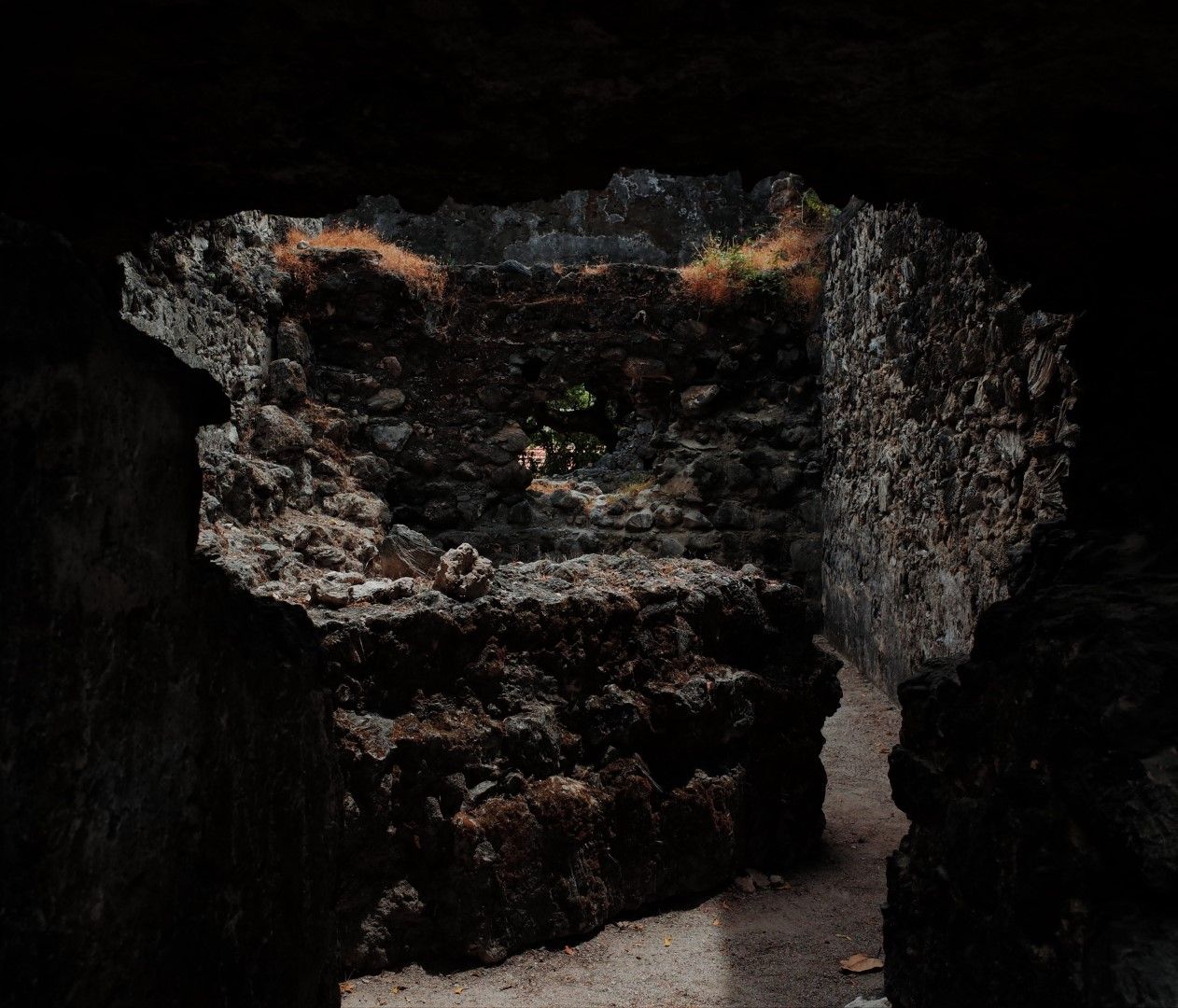

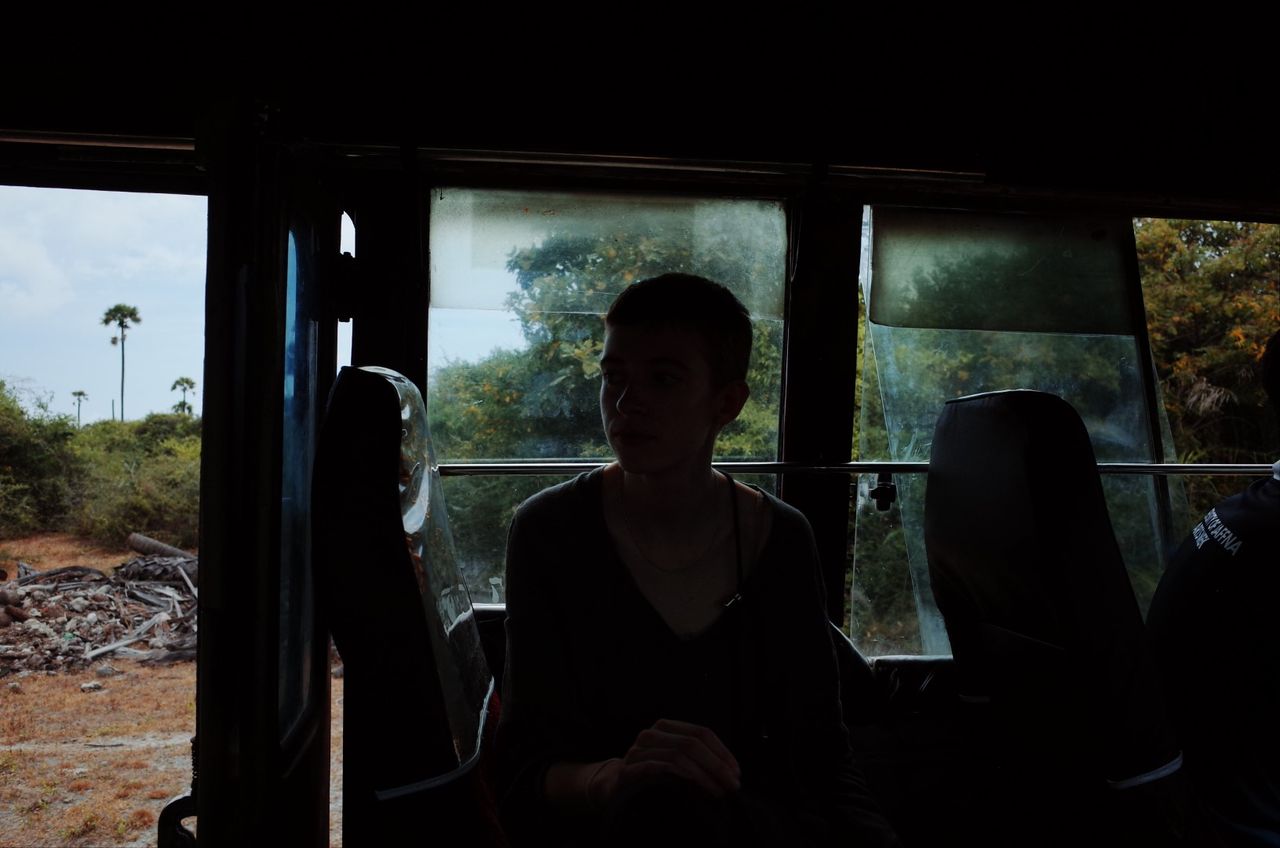

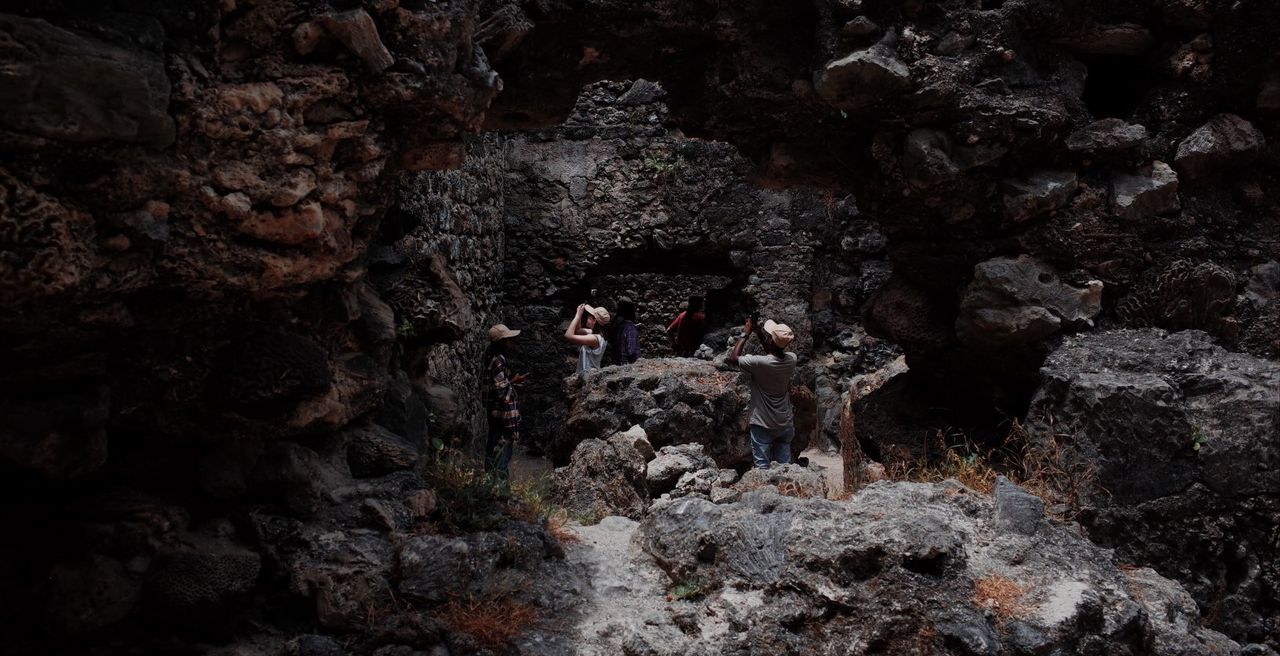
Delft Island, a brief history
Where Sri Lanka hugs the coast of South India, across the Jaffna peninsula, is the remotest of Sri Lanka's islands. Delft (its Tamil name is 'Neduntheevu') is a largely inhabited, flat island surrounded by shallow waters and beaches of coral chunks and sand. It has always been home to a small population of Tamil fisherman folk who used palmyra palms, dry shrubs, grasses and scattered coral stones to collect fresh water and build settlements.
Delft is a small island that holds a long history. In the 1st century, Neduntheevu featured prominently in one of the most famous ancient Tamil epics about King Vediyarasan ('King of Firecrackers'), who ruled the 'island of pearls' in the Palk Strait.
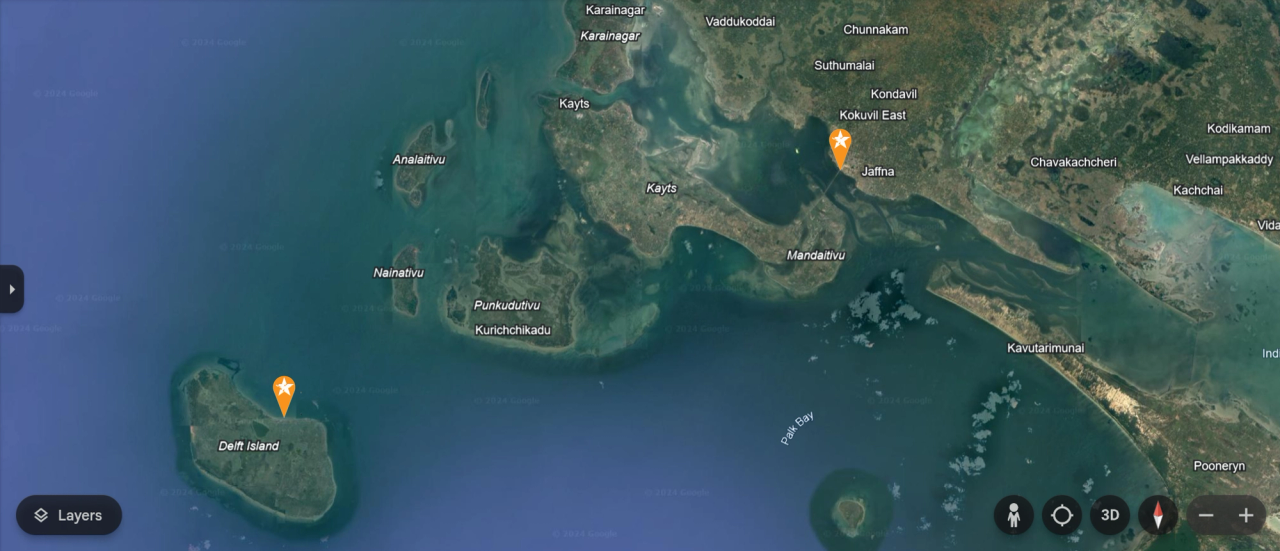
Its strategic location made the island an attractive target for traders and invaders alike. Throughout its history, various foreign troupes settled on the island, and all of them left something behind. The Arabs brought a Baobab tree from sub-Saharan Africa, a rare sight in Sri Lanka. The Portuguese introduced horses—Arabian stallions bred for horse trade with India—and built a fort out of limestone and corals. The Dutch subsequently expanded this fort and constructed a barrack for the tiny settlement manned by a trio of soldiers. They also built a lighthouse and stables for the feral horses that still roamed the island.
Then there is the name. 'Neduntheevu', its indigenous name, means 'long island', but Sri Lankans of all ethnicities refer to it as 'Delft'. Even on international nautical maps, the island is cartographed like so. It is quite a strange name for a tropical island, and it may not come as a surprise that it is of colonial origin. After the Dutch conquered Jaffna from the Portuguese in the mid-17th century, the Dutch named the Jaffna islands after Dutch cities such as Hoorn, Leiden, Amsterdam, Rotterdam, Middelburg and Enkhuizen. These names have since changed to their local Tamil names; only Delft, the most distant island, still bears its colonial name.
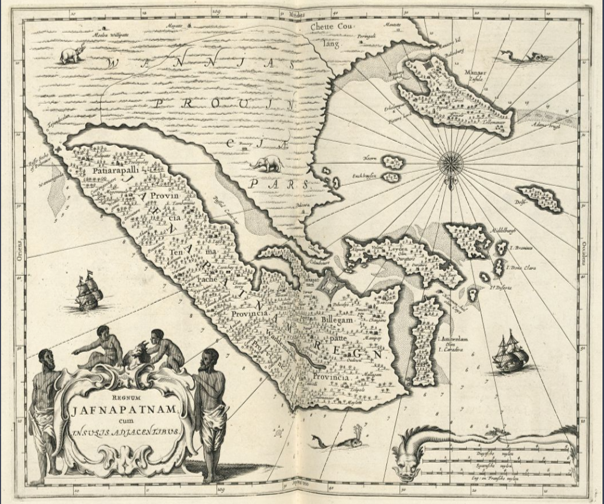
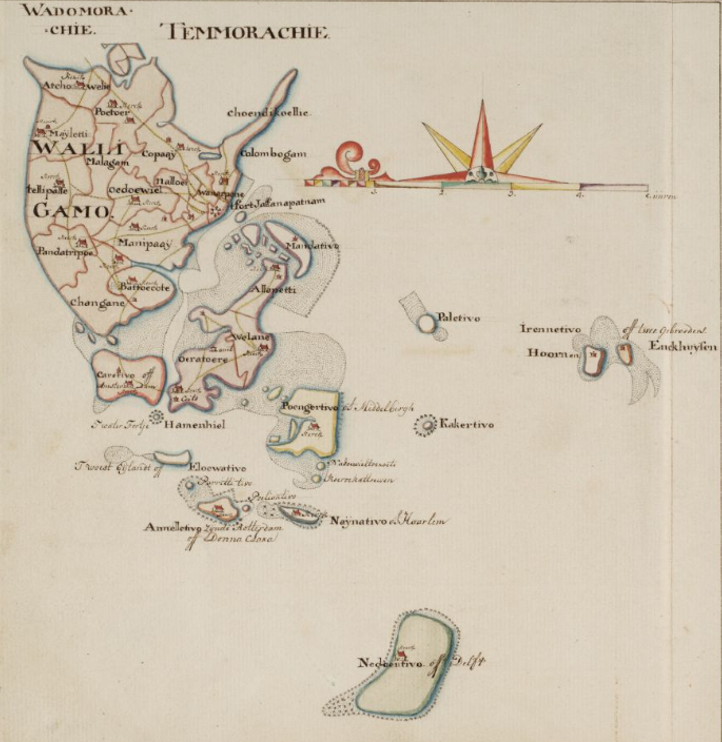
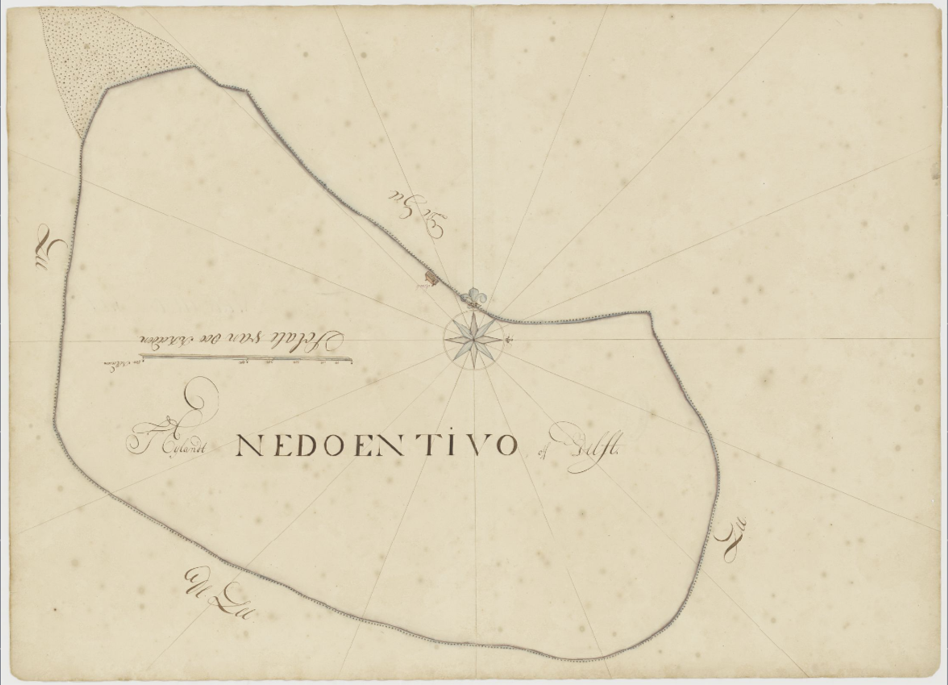
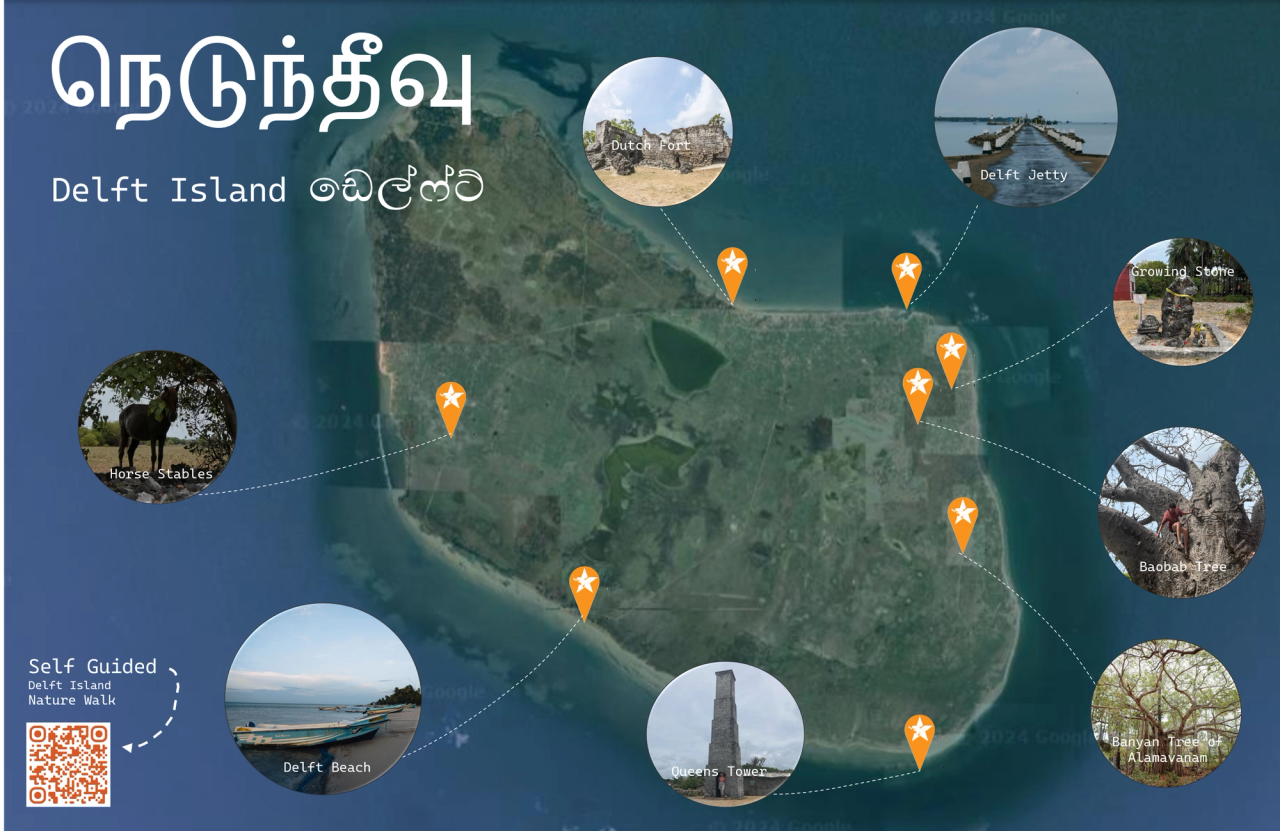
Head to our digital Delft Story Walk to find the exact locations we filmed the untamed nature of this remote island.
Credits
Created by
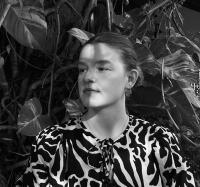


Created by

